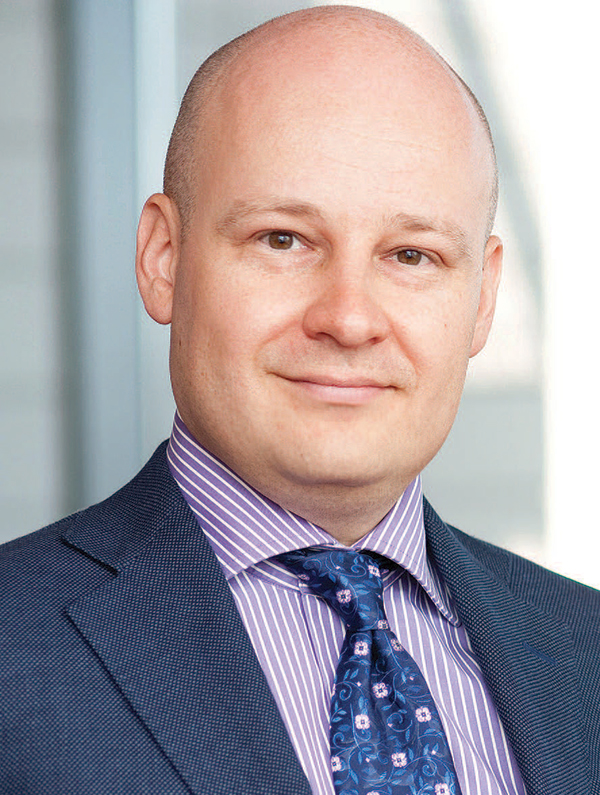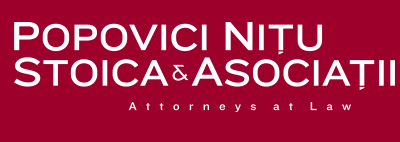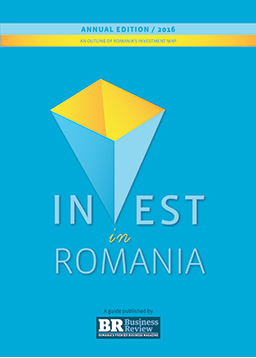- About Us
-
Expertise
- Banking & Finance
- Capital Markets
- Competition & Antitrust
- Corporate & Commercial
- Data Privacy
- Employment & Pensions
- Energy & Natural Resources
- Gambling & Betting
- Healthcare & Pharmaceuticals
- Insurance
- Intellectual Property
- International Arbitration
- Litigation
- Mergers & Acquisitions
- Project Finance/PPP, Concessions & Infrastructure
- Public Procurement
- Real Estate
- Restructuring & Insolvency
- Sports Law
- Tax
- Telecommunications, Media & Technology
- Transports & Logistics
- White Collar Compliance & Defense
- Our team
- Careers
- Publications
- News and Press
- Contact
Articles
Romania M&A in a nutshell. 2015 acquisition momentum to continue in 2016
Business Review | 08 March 2016
A glimpse of global and regional M&A market. Keeping the 2015 strong appetite for M&A

Silviu Stoica
Popovici Nițu Stoica & Asociații
The 2015 M&A figures point towards an all-time high number of completed M&A deals: 1,041 deals. 2015 in a snapshot confirms it was a record-breaking year for global M&A.
2015 stands for the most straightforward proof investors regained their confidence in doing M&A. It is ultimately about investors’ trust in the possibility for their deal success drivers to effectively work. And the focus here is on integration of targets in order to achieve long-term growth by fortifying a healthy competitive position in the market. 2015 featured an increased private equity interest as new funds entries accounted for more than half of the total M&A deals.
Vendors’ confidence also returns with a variety of available targets put for sale on the market. This shows a shift from vendors’ low confidence in deal success that has been fuelled by modest financial results, usually unsatisfactory valuation indices and various transactional associated risks. Speaking of risks, apparently the most feared has been the lack of investors’ ability to fund transactions. General confidence in bank funding means liquidity increase in the debt market that will effectively lead to a higher number of deals to be financed through debt.
What could also shape the 2016 M&A activity worldwide?
Existing and upcoming political and economic events will for sure determine the volumes and values of M&A transactions. From a global perspective, new headline stories are expected from the United States following the elections this year, potential financial market volatility originated by expected higher interest rates in the United States and the general health of the economy. We should also keep a close eye on China’s growth rates and demand that seems to stay on the consumption-oriented wave.
Central and Eastern Europe. The paradox: regional uncertainty to promote M&A activity in Romania
Regionally, the key word for Central and Eastern European business climate seems to be uncertainty. Increased political uncertainty together with a weak Euro and incomplete implementation of structural reforms are ingredients for economic performance drop, lower valuations and falling prices. It is true that economic uncertainty could create new M&A opportunities for foreign investors, but might as well shut them down. So basically, it comes down to if and when various political and economic events take place simultaneously.
In 2016 investors’ focus will possibly shift away from Russia and Ukraine towards other CEE countries with high potential and appetite for new deals. The weakness of the Euro, friendly debt market terms, attractive valuations and a positive economic growth perspective are real opportunities for dealmakers. We refer here in particular to private equity funds that effectively sit on large amounts of cash reserves and capital with a need to invest them.
And what place better than Romania to make that money work?
Romania is a highly attractive and dynamic M&A market in the regional landscape. As incontestable proof stands the fact that in 2015 Romania hosted the largest transaction by value in the Central and South Eastern Europe, namely the USD 770 million acquisition of UniCredit Tiriac Bank.
If it wants to attract foreign investments and in particular US investors, Romania must continue to send a message of stability, predictability and a business environment full of opportunities. Signs are encouraging. This is mainly due to macro-economic performances mostly visible in a sustained economic growth and a stronger financial position shown by low public debt figures. Banks in Romania have also made important steps on the path to a healthy and well capitalized banking sector. They continued to clean up their balance sheets by selling non-performing credit portfolios in order to come with new lending offers.
And we need to add up a quite friendly fiscal regime compared to Western European countries and the notable focus of competent state authorities on actual implementation of anti-corruption policies at all levels. So Romania displays the essential features for long-term, healthy and constant growth.
Looking ahead in 2016, the role of international private equity interest is vital in sustaining local deal flow. On a year to year basis, 2015 came with an increase in the activity of private equity funds and this trend is expected to continue in 2016 with new acquisitions and also exits.
It is true that private equity investors’ patience was put to test as they had to wait for improvements in the valuation climate in order to be able to enjoy the benefits of their “ripe” portfolios and the prospects of higher returns on investments. Exit activity keeps indeed the ascending trend from the past years after a slow recovery during the years following the financial downturn. This translates into more deals on the table.
The main deal types will most likely consist of opportunistic transactions closed by players with local presence and thus a deep knowledge of Romanian M&A market and concerned industries. Investors’ appetite mainly points towards consolidation of their core businesses but also potential add-ons of partly complementary activities with a high growth potential.
Distressed businesses will probably continue to play the role of one of the key drivers in the local M&A framework. Companies in financial difficulty purely fascinate investors with cash to spend that are looking for under valuated, therefore inexpensive targets, but ultimately with healthy assets and predictable high investment return rates.
Breaking local M&A activity down by sector, dominant forces on the M&A landscape seem to be the healthcare, banking and finance, energy (especially due to the high potential of new energy resources), retail, services, agribusiness, technology, media and telecommunications (TMT). European Commission’s planned move towards a single telecommunications market would lead to a consolidation of the TMT sector. At European level, this trend is much more visible because in the last couple of years media players began to acquire technology companies with the purpose to internalize platform and system design. At the same time, technology firms acquire media companies in order to have “in house” advertising resources.
When it comes to agribusiness, the door is quite wide open to all investors who look at Romania and see the ”promised land”. This is mainly because of local prices of agricultural lands which are still much lower compared to other European countries. If we add the cheap work force, a friendly regulatory environment and a variety of land offers, Romania is currently indeed the best choice in terms of European lands.
Download Article











